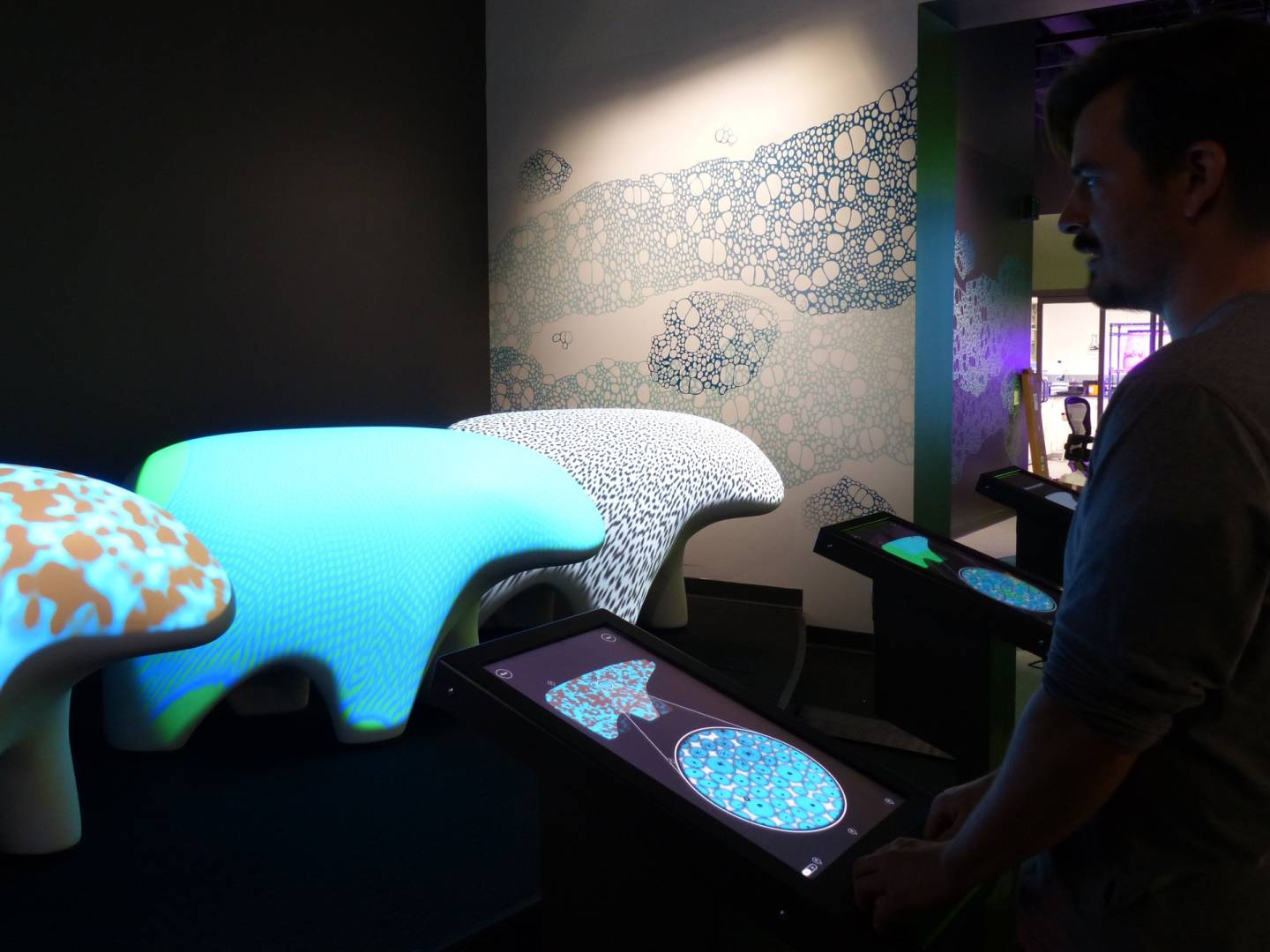Mar 19, 2016
Mapping Brain’s Cortical Columns To Develop Innovative Brain-Computer Interfaces
Posted by Karen Hurst in categories: computing, electronics, neuroscience
The EU-funded COLUMNARCODECRACKING project has successfully used ultra-high fMRI scanners to map cortical columns, a process that opens the door to exciting new applications, such as brain-computer interfaces.
Cortical columnar-level fMRI has already contributed and will further contribute to a deeper understanding of how the brain and mind work by zooming into the fine-grained functional organization within specialized brain areas.
By focussing on this, the project has stimulated a new research line of ‘mesoscopic’ brain imaging that is gaining increasing momentum in the field of human cognitive and computational neuroscience. This new field complements conventional macroscopic brain imaging that measures activity in brain areas and large-scale networks.

















